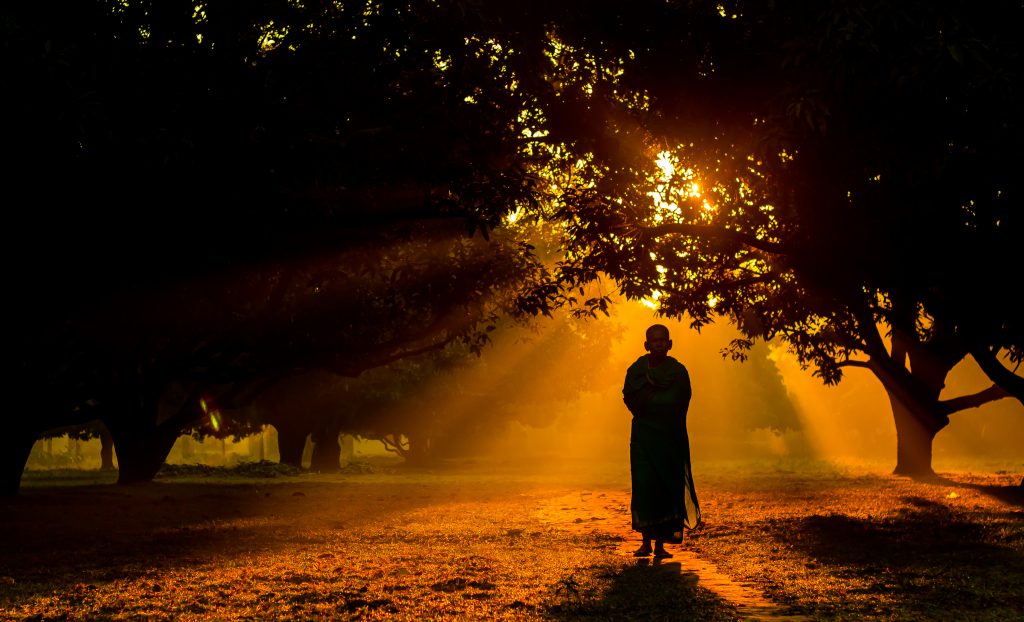
In Bhagawadgita chapter 3 shlok 3 Krishna tells Arjuna:
लोकेऽस्मिन्द्विविधा निष्ठा पुरा प्रोक्ता मयानघ |
ज्ञानयोगेन साङ्ख्यानां कर्मयोगेन योगिनाम् || 3||
(Krishna says : I have described two ways in the preceding chapter by which a person can attain salvation in this world. One is Gyan Yoga and the other is Karma Yoga.)
Both the yogas, he says, lead one to Moksha or salvation and adds that by practicing them one can attain salvation, by this very human body and within this very body. In the following chapters Krishna also speaks of Bhakti marga which, he says, is the easiest way to achieve salvation.
The Hindu ethos, in fact, describes many margas or ways/paths that a devout Hindu may follow for his salvation, in accordance with his aptitude and his convenience. Nevertheless, Gyan Marga (ज्ञान मार्ग), Karma Marga (कर्म मार्ग) and Bhakti Marga (भक्ति मार्ग) remain the most lauded margas for salvation.
Apart from these three margas or paths, the Hindu scriptures also speak of the Jap Marga (जप मार्ग), the Tap Marga (तप मार्ग) and the Aghor Panth (अघोर पंथ) but they are said to be far below in the merit list, Aghor Panth being the last.
The Gyan Marga, extolled by the scriptures including Bagawadgita, happens to be the most difficult one but the one that is sure to lead to salvation ??? the Moksha (मोक्ष). In Sanskrit, the word Moksha is an amalgamation of two Sanskrit words moha+kshay literally meaning cessation of attachment. And the various margas or paths described above are said to lead one to cessation of attachment.

1 Comment
Polish News · May 11, 2025 at 1:48 pm
Reading this felt like walking through a beautifully curated garden of thoughts — each idea blossoming in its own unique way.
Comments are closed.